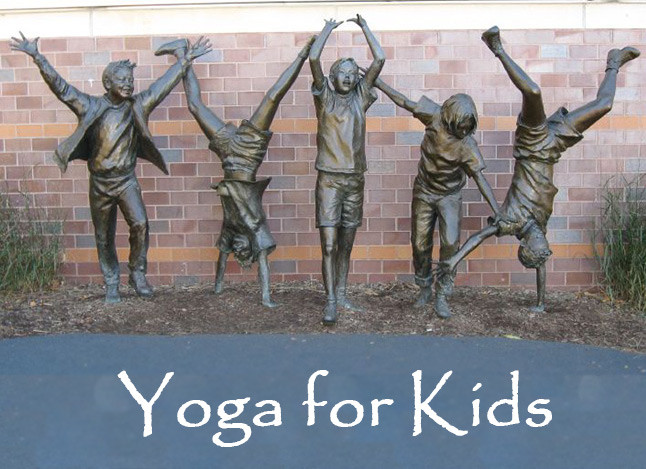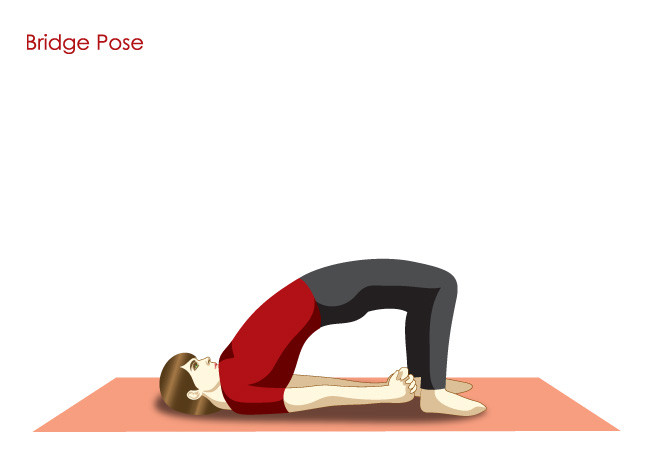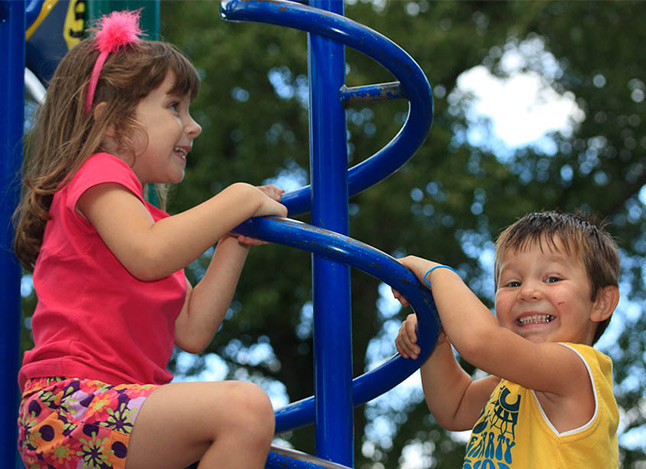Mountains, tumbling into headstands, suddenly converting into speeding cycles. Bridges collapsing into roaring lions, cocooned caterpillars turning into beautiful butterfly. These amazing pictures are nothing but scenes from any normal household. Watch a child and you will know! The natural postures of a child are yoga asanas. It is what the body is capable of – simple regular yoga asanas, and they are part of a child’s body language from the minute s/he is born.
An infant instinctively does most of the yoga mudras (hand postures maintained during meditation). If you observe a sleeping child, its thumb and the index finger slightly touch, to form the ‘Chinmudra.' Have you seen a six-month- old baby lying on its back with its legs up? It kicks its legs and sometimes pushes his/ her head up, practicing abdominal exercises without any expensive machine to help.
Bhujangasana or cobra posture is their favorite, and when they are six months, they get into the pose without any prompting. Yoga comes to us naturally from birth, but in the rigmarole of life, we lose both our physical and mental flexibility. Judgments and opinions cloud our mind, creating a mixture of impressions.We forget to observe, perceive the finer things we have a natural affinity.
Have you ever come across a stressed baby? The answer is no! Unless we adults make the situations difficult for them they are usually at peace with themselves, frequently smiling for no reason at all. It is because an infant breathes from all the three sections of the body. Their breathing follows a harmonic pattern. As they breathe in their belly comes out, as they breathe out their stomach moves out. Growing up perhaps is a process of getting adulterated into an adult, who has forgotten to be natural!
Are you breathing properly?
In one minute, you inhale nearly sixteen to seventeen times. However, when you are upset it may go up to twenty times per minute and when extremely tensed or angry - it could even total up to twenty-five times.Interestingly, when you are very calm and happy, it reduces to ten breaths per min and while meditating it can even go down to two or three. Deep meditation can decrease the number of breaths you take; thereby calming you down and making you live longer.
The Art of Living organization conducts courses for the adolescents – to connect them with the rhythm of nature. The earlier a child learns to attune their body and breath with nature, like they did as babies, easier it is for them to integrate yoga and meditation into their daily routine.
ART Excel program
This fun-filled, adventurous and interactive workshop is designed to teach yoga and pranayama to children aged 8 to 13. The course gives practical knowledge to deal with stress, disappointment, and competition through fun filled sessions. The workshop teaches yoga and meditation in a way that a child enjoys and looks forward to the program. Here you go to know more about The ART Excel course.
The YES! Course
Adolescence (14- 17 years of age) or teenage is when body and mind undergo various hormonal and physical changes and the teenager blossoms into a beautiful young adult. The choices people make at this time go on to shape their future. YES, the course is designed specifically for these blooming flowers help them bloom to their full potential into bright, responsible citizens. Click here to know more about the YES! Course
Yoga for kids
Stress is not something that affects only adults, the competition, parental and peer pressure puts children under tremendous anxiety to perform. Our grade based education system further adds to the stress. The ancient science of yoga helps kids concentrate better on their studies; research has even shown it helps in improving grades. It promotes creativity, builds stamina and confidence, and teaches a child to manage stressful situations.
Teaching yoga to kids is a wonderful way of guiding them into a healthy lifestyle. From a young age, when you teach a child how to calm their mind, they become emotionally stable. Kids go through a lot of physical exertion; yoga helps them relax and yet builds their strength.
The following are some yoga poses that the kids can do:
Bridge pose or Setubandha sarvangasana
This pose stretches the chest, neck, and back; calms the mind; reduces stress and depression; improves digestion, and strengthens the legs.













